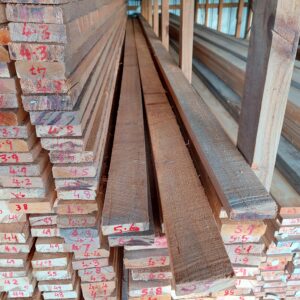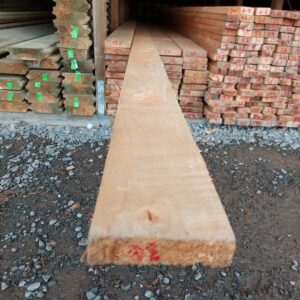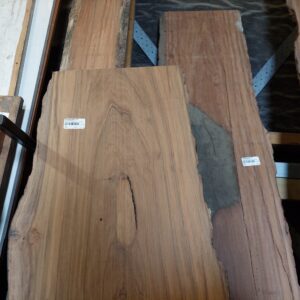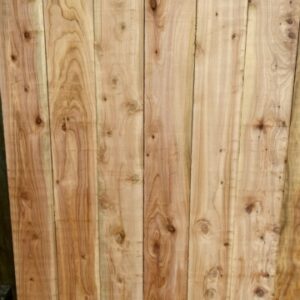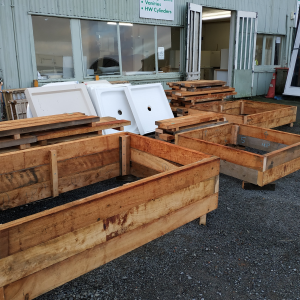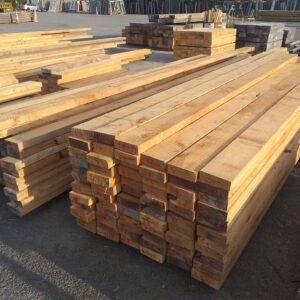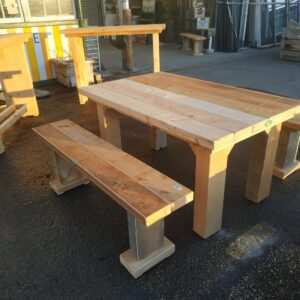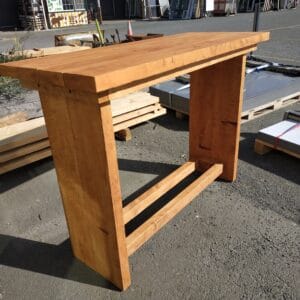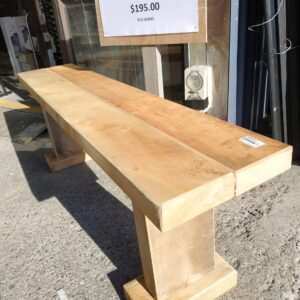One of our most popular timbers is macrocarpa, but there are several key questions around how its application affects durability. Here, we address the most common frequently-asked macrocarpa questions when it comes to outside uses.
Can macrocarpa go in the ground?
Macrocarpa can be used for in-ground purposes such as post and rail fences, paling fences, and pergolas. This is with the proviso that the posts be painted with sika bitumen waterproof membrane (or similar). Paint the end of the post that is going into the ground, with two coats being preferable.
How long will macrocarpa last in the ground?
A 50x50mm heartwood macrocarpa post will last approximately 10 to 15 years in-ground (moderate durability). This durability increases with larger post sizes, and more so if the waterproofing guidance above is followed.
How long will macrocarpa last above ground?
Outdoors, Macrocarpa heartwood will last for 20-30 years above ground when exposed to the elements, and twice as long—40-50 years—when protected from the ageing and decay-accelerating effects of direct rain and sunshine.
Above-ground, outdoor applications of heartwood macrocarpa has a durability equivalent to H3 treated pine.
Macrocarpa sapwood (the outer, living part of the tree) is considered to be non-durable for above-ground purposes.
Do you need to treat macrocarpa?
Macrocarpa timber cannot be pressure treated with copper, chromium and arsenic (chromated copper arsenate or CCA) in the same way that radiata is treated. Macrocarpa’s natural oils deter insects and fungal growth and it enjoys the same protection of chemical treatment up to the equivalent of H3.2 rating for outdoor use.
However, sapwood can be treated (boron diffusion treated) to provide resistance to insect attack (NB. this treatment does not prevent decay).
Macrocarpa timber at Musgroves
-
Macrocarpa 75x25mm Roughsawn$2.85 Per Metre
-
Macrocarpa 100×25 Roughsawn$3.85 Per Metre
-
Hardwood and Softwood FlitchesEach
-
Macrocarpa Paling per each with Band Sawn Face 150x25x1800mm Long NEW$13.90 Each
-
Planter Box Macrocarpa Kitset 1800x1200x300mm$250.00 Each
-
Macrocarpa 150 x 50mm Untreated New Timber$11.50 Per Metre
-
Macrocarpa Table 1500×925 – New$695.00 Each
-
Bar Leaner Macrocarpa Dressed Finish New$795.00 Each
-
Macrocarpa Bench Seat New$195.00 Each

